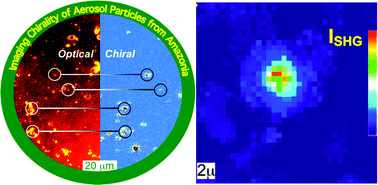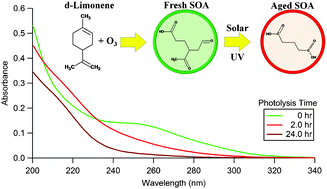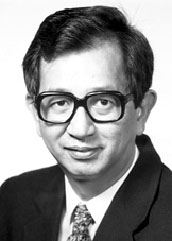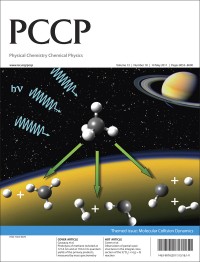Faraday Discussion 156: Tribology
2 – 4 April 2012
Southampton, UK
Deadline for Oral Abstracts: 3 June 2011 – submit now
Tribology is the essential science of all interacting surfaces in relative motion and affects our lives in many direct ways.
Tribology: FD156 will focus on advanced computational and experimental tribology, providing a forum for chemists, physicists, theoreticians, engineers and biomedical researchers within these themes:
- Future lubricated systems
- Smart tribological surfaces
- Predictive modelling
- Biotribology
Confirmed invited speakers:
- Professor Duncan Dowson (Introductory) – University of Leeds, UK
- Professor Nicholas Spencer (Closing) – ETH Zürich, Switzerland
- Professor Jean-Michel Martin – Ecole Centrale De Lyon, France
- Dr Ian Taylor – Shell Global Solutions, UK
- Professor Jacob Klein – Weizmann Institute of Science, Israel
- Dr Liliane Léger – NRS & Université Paris-Sud 11, France
- Professor Pwt Evans – Cardiff University, UK
- Professor Roland Larsson – Luleå University of Technology, Sweden
- Professor John Fisher – University of Leeds, UK
- Professor Greg Sawyer – University of Florida, USA
Faraday Discussions are a long-established series of meetings which provide a unique international platform for the exchange of views and newly acquired results in developing areas of physical chemistry, biophysical chemistry and chemical physics. The Discussion is a dynamic forum for developing and exchanging exciting new ideas, and both the papers and discussion will be published in a final printed volume.
We invite you to submit an abstract for an oral presentation by 3 June 2011. We do hope that this conference is of interest to you and that you will attend this exciting Faraday Discussion next year.
Submit your oral abstract for Faraday Discussion 156: Tribology

Comments Off on Faraday Discussion 156: Tribology – call for oral abstracts
















